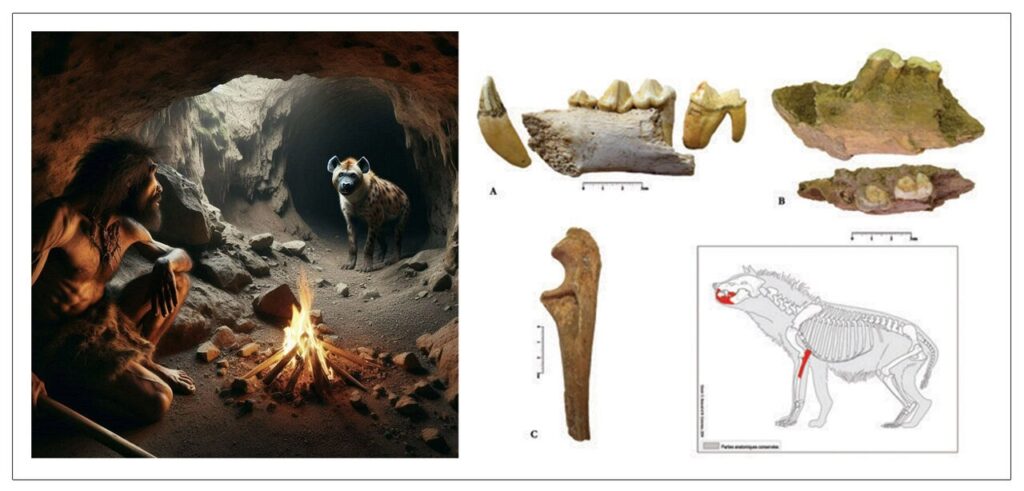Tehran – In a groundbreaking archaeological discovery, researchers have discovered a highly diverse collection of late Pleistocene and early Holocene animal relics from the Wesme Caves in the Zagros Mountains of western Iran.
The 2019 excavation, directed by director Fereidon Biggrali, an archaeologist at the Iranian National Museum, brought together an interdisciplinary team, including faunas Hossein Davoudi and Marjan Masqueur.
“The vast range of taxa at Wezmeh Cave is different from those previously recorded on Iranian plateaus,” says Hossein Davoudi of the University of Tehran. “From large carnivorous animals like hyenas and bears to domestic sheep and goats, the site provides a continuous record of fauna transitions over tens of thousands of years.”
Marjan Mashkour, who belongs to both the French CNR and the University of Tehran, highlighted the site’s extraordinary conservation and ecological richness. “It’s not just the number of specimens above 11,000 that sets Wezmeh apart, but it’s the ecological tale they call it. The caves act as both shelter and natural traps, and conservation remains accumulated by carnivorous activity, natural death, and human occupation,” she explained. The presence of burnt bones and domesticated animals suggests intermittent use by Neolithic and Calcolithic herdsmen.
Among the notable finds are the remnants of current instantaneous species such as spotted hyenas, cave lions, brown bears, wolves, foxes, wolves, Red Deer, Ibex, weasels, and porcupines. These extinct species highlight the broader importance of caves and provide important insights into the diversity of Pleistocene megafauna and their coexistence with humans. While many species appear to have been the natural prey or perhaps targets of prehistoric hunters, the tame caprines point to early pastoral activities in the area.
The new discoveries build on previous discoveries in Wezmeh, including premolars of Neanderthal children and early Neolithic human bodies, further cementing the cave’s status as a site of major paleoman importance.
Drilling Director Fereidoun Biglari highlighted the site’s unique chronological range, reflecting its broad meaning. “Wezmeh Cave preserves an extraordinary set of evidence, ranging from mid-Paleolithic hunter-gatherers to early Holocene herdsmen,” he noted. “It ranks among the richest fauna repositories in West Asia and serves as an important reference for understanding long-term environmental changes and human adaptation.”
Wezmeh’s discoveries not only enrich the archaeological narrative of the central Zagros, but also provide important insights into the emergence of Neolithic societies, the ecological context that shaped them, and the disappearing ecosystems of the Pleistocene era.
The results of this study are published in the Journal of Iran National Museum.
morning

